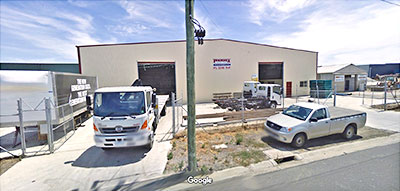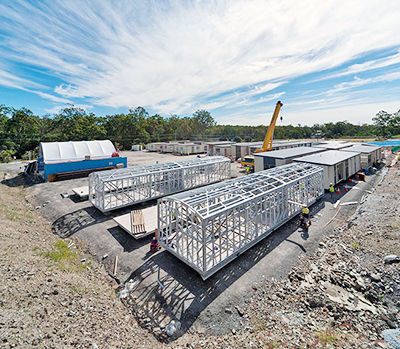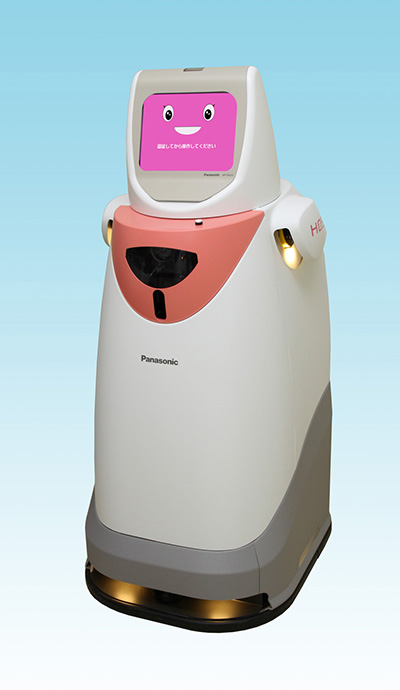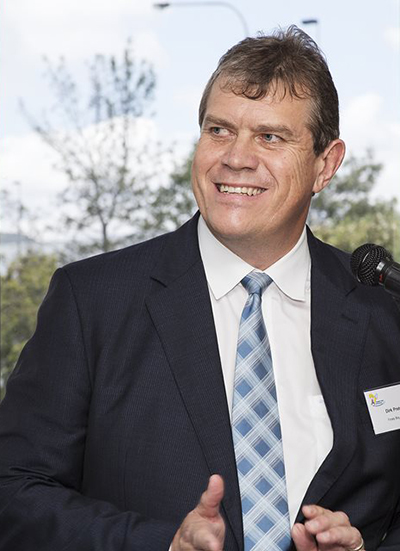Collaboration secures Australia’s defence industries.
DEFENCE industries can be one of Australia’s catalysts for national innovation and collaboration.
That was the verdict when senior leaders from across Australia’s industry, defence and academic communities met at the inaugural Securing Australia’s Defence Industry Forum in Melbourne recently. They confirmed the need for greater collaboration to unlock the full potential for defence as a driver of innovation, employment creation and growth. 
The Securing Australia’s Defence Industry Forum, co-convened by innovative technology leader Lockheed Martin and Ai Group, addressed key challenges in transforming Australia’s industry base. The forum highlighted opportunities to build Australia’s sovereign capability through an emphasis on technology transfer, local participation and exporting innovation.
“The identification of the defence industry in the 2016 Defence White Paper as a Fundamental Input to Capability, coupled with the release of the National Innovation and Science Agenda, were strong, welcome signals to industry,” Lockheed Martin Australia and New Zealand chief executive Raydon Gates said.
“But they also require a concerted focus on our capability challenges and the role of the industry sector to confront them. The defence industry is centre-stage as a driver of innovation-led industry employment and economic growth.
“As a defence industry leader we felt it was important to kick-start that conversation by bringing together industry and academia to collaborate on the significant potential for defence to transform the Australian economy,” Mr Gates said.
Ai Group Victoria president Ross Pilling said the forum was timely in addressing critical questions for industry “that have far reaching consequences for the health and future well-being of our nation”.
“Our economy is in transition from the mining investment phase to the new economy – which will have a high reliance on advanced technology capabilities,” Mr Pilling said. “Defence, as an outlier of cutting edge innovation and technology, has a critical role to play in that new economy, so it is imperative industry works together to address any challenges and unlock its full potential.”
The Securing Australia’s Defence Industry leaders forum featured keynotes from: Leonie Walsh, Victoria’s inaugural Lead Scientist; Tony Peacock, the chief executive of the Cooperative Research Centres Association; and Jens Goennemann, the managing director of the Advanced Manufacturing Growth Centre.
ends

 How to resolve AdBlock issue?
How to resolve AdBlock issue? 





